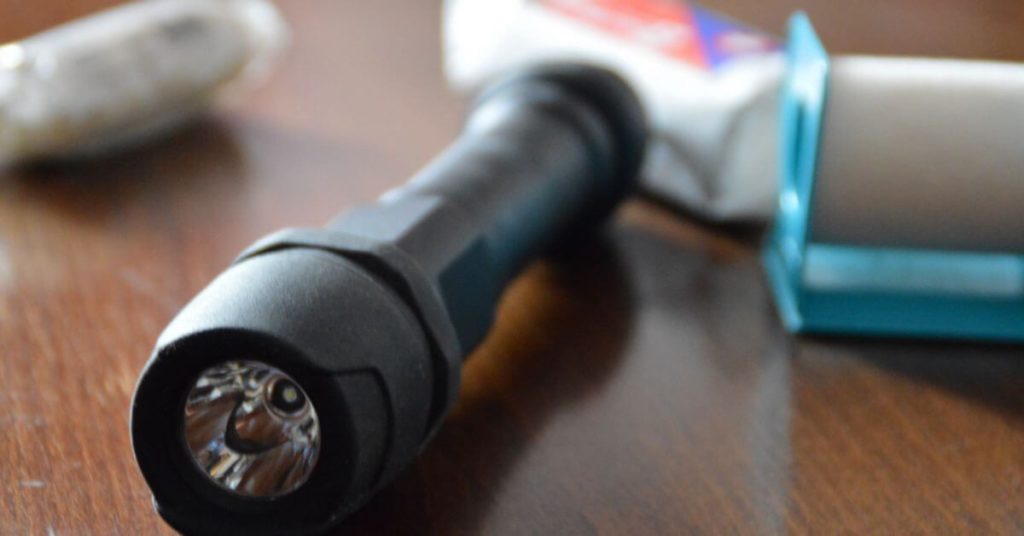
Natural disasters such as floods, hurricanes, and wildfires can be devastating events that threaten the safety of you and your family. No matter where you live, your region is susceptible to some kind of natural disaster. Being prepared for such an event can make all the difference if disaster strikes. An emergency survival kit is an assembly of items-water, food, and other supplies that should be enough to get you through the 72 hours after a disaster and that could save your life in these situations.
Three Survival Scenarios
Some natural disasters come with a bit of warning that gives you time to prepare. Others do not. For instance, wildfires and floods can occur very quickly and move rapidly. Whereas hurricanes and snowstorms are typically forecasted a few days in advance.
It’s a good idea to have an emergency survival kit prepared and maintained at all times for the first scenario in which immediate disaster strikes. However, in the second scenario in which you do get a warning that a potential disaster is incoming, putting together a last-minute emergency survival kit is better than having no survival kit at all.
Finally, disaster can strike when you’re not at home and can leave you stranded. Again, being prepared with an emergency survival kit in your vehicle and at your workplace can be what gets you through a disaster.
Building And Maintaining An Emergency Survival Kit
When building an emergency survival kit it is important to remember that you may need to leave your location and that your kit will need to come with you. Everything in your emergency survival kit should fit into just one or two containers. Be sure to pick containers that are easy to carry, like storage bins with handles or perhaps a duffel bag or a suitcase. Each member of your household should be made aware of the location of the emergency survival kit.
All items should be placed in airtight plastic bags, when possible, before being placed in the containers. As you build your emergency survival kit consider making a spreadsheet of the items that include expiration dates of any perishable items so that you can rotate them out.
What Should Be In An Emergency Survival Kit
There are a few obvious candidates to be included in an emergency survival kit-water, food, a flashlight, etc.-but there are also many that you probably haven’t thought of. The list below goes over some recommended items, but it is not exhaustive.
- Food. Your emergency survival kit should include enough food to feed your household for 72 hours. Consider non-perishable, high-calorie foods that are easy to prepare. A non-electric can opener will be a necessity as well.
- Water. Again, you’ll need 3 days worth of water for everyone in your household for both sanitation and drinking. Each person will need approximately one gallon per day.
- Radio. Purchase a hand-crank radio or battery-powered radio.
- Flashlight. Include extra batteries as well.
- First aid kit. Include pain relievers and other non-prescription medicine.
- Signal whistle.
- Home insurance company and public adjuster contact information. In the event of a disaster, you may need assistance with an insurance claim. Having this contact information available will provide some relief in a stressful situation.
- Personal documents. Make copies of insurance policies and any other crucial documents. Include a home inventory list as well in the event that you need to make an insurance claim.
- Cell phone chargers and fully-charged backup batteries.
- Unique family needs. This could be prescription medications, food for pets, baby supplies, or any other special supplies that members of your household require for their health. For medications, a 3-7 day supply is recommended.
- Cash and checks. In certain disaster situations, credit cards will not be a viable option.
- Duct tape.
- Pliers or a wrench. Many natural disasters will require you to turn off the natural gas to avoid fires and explosions. If possible, everyone in your household should be taught how to do this.
